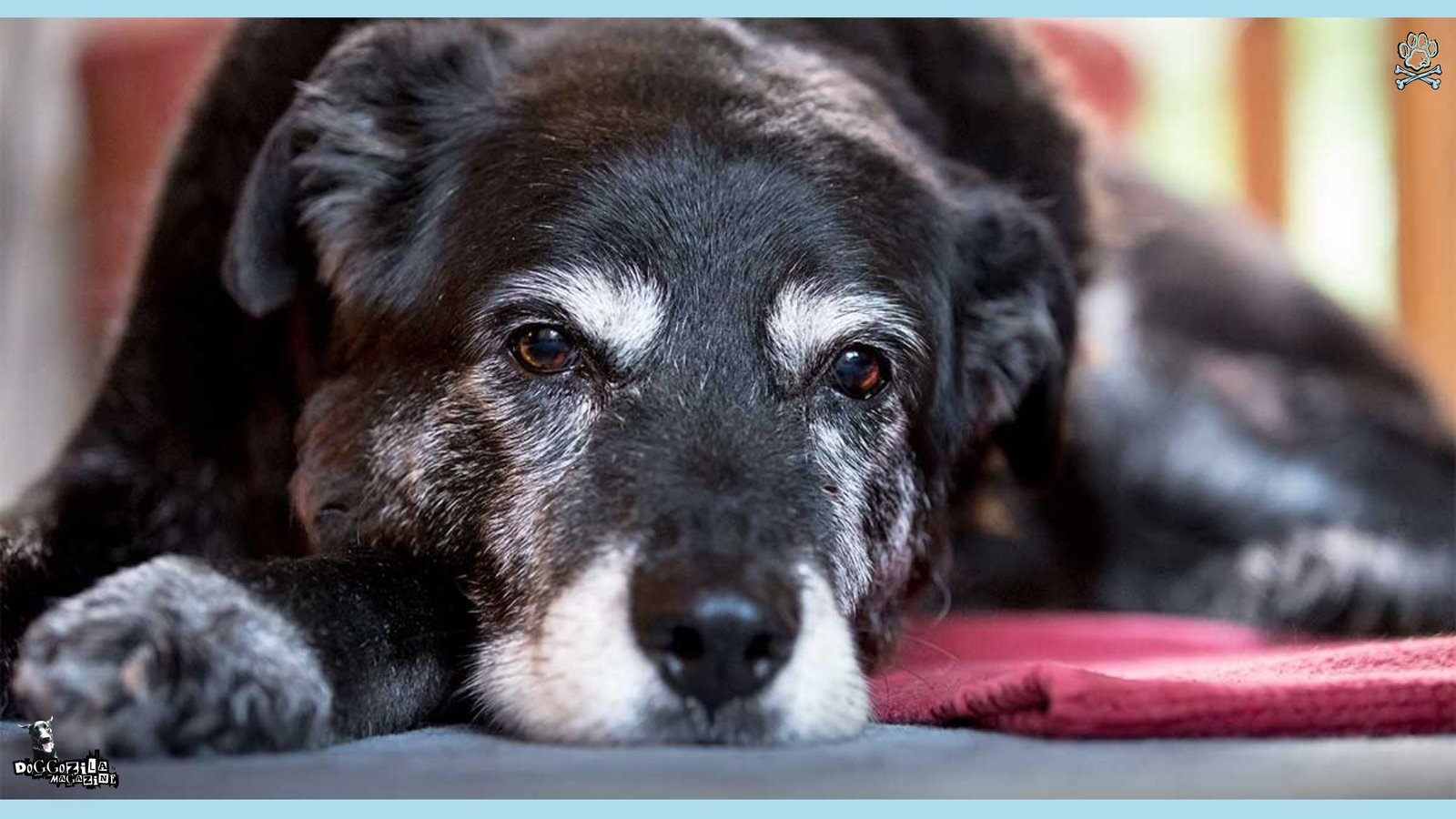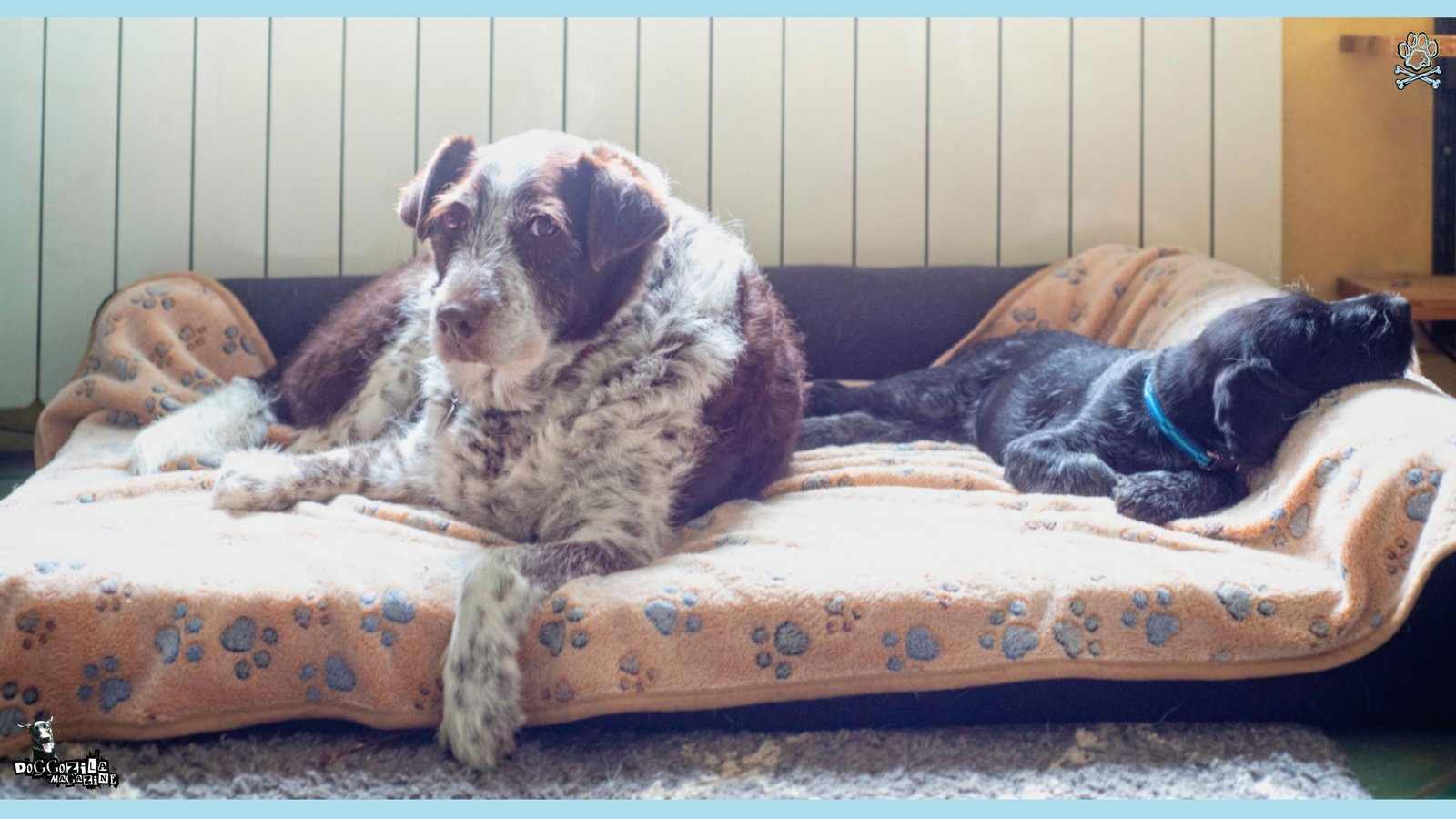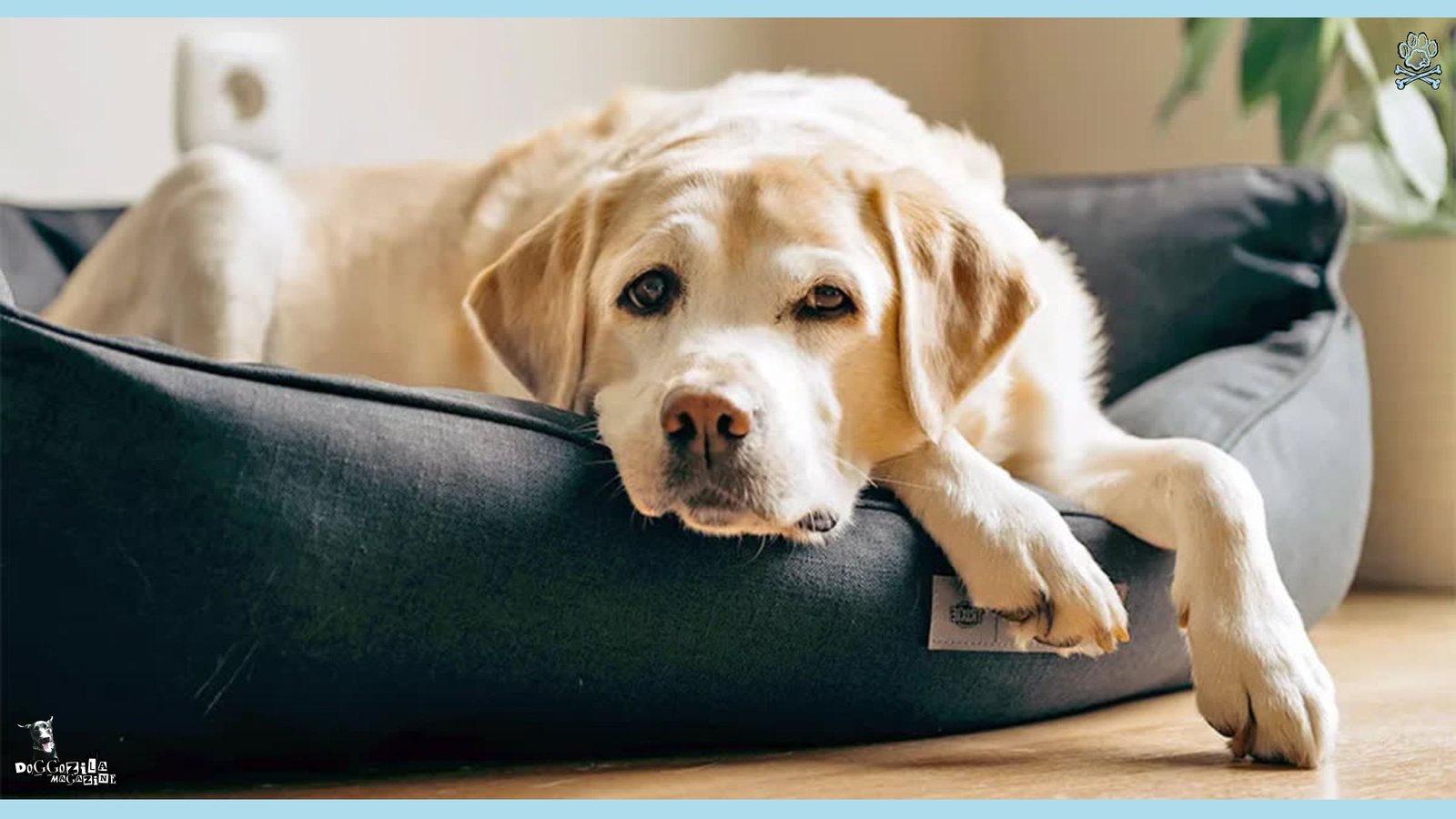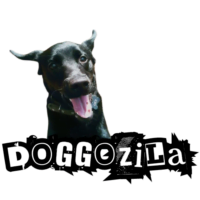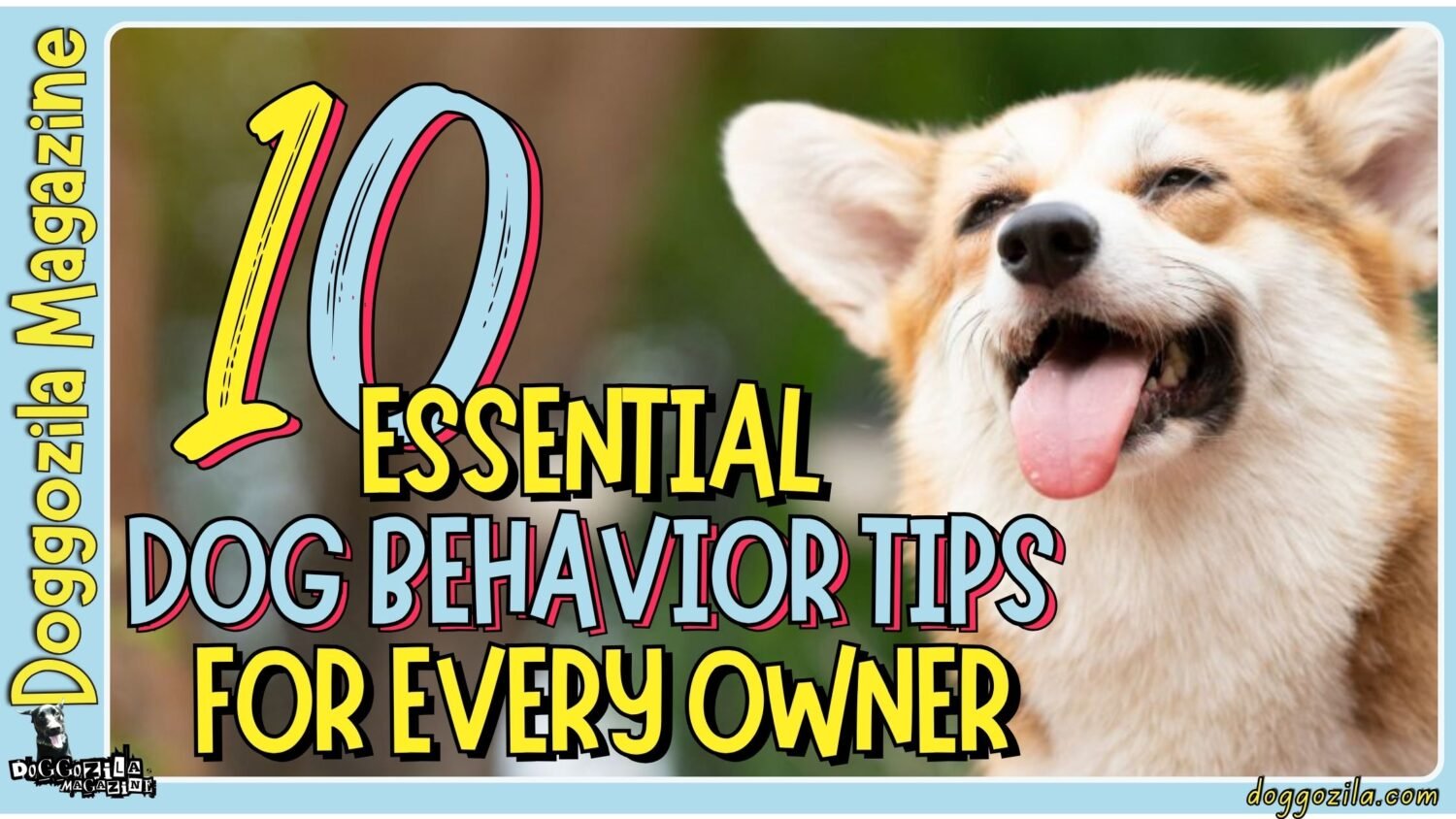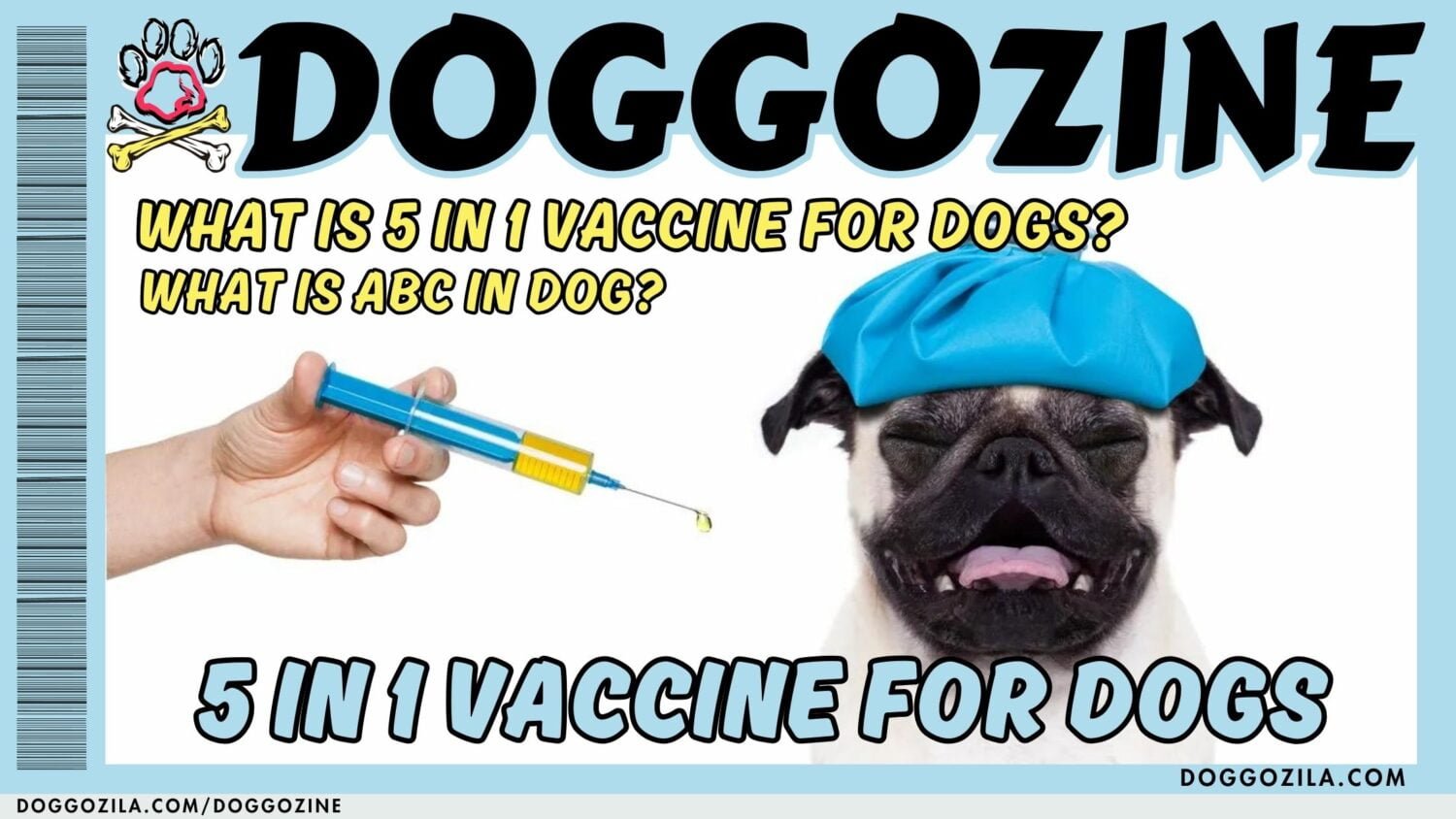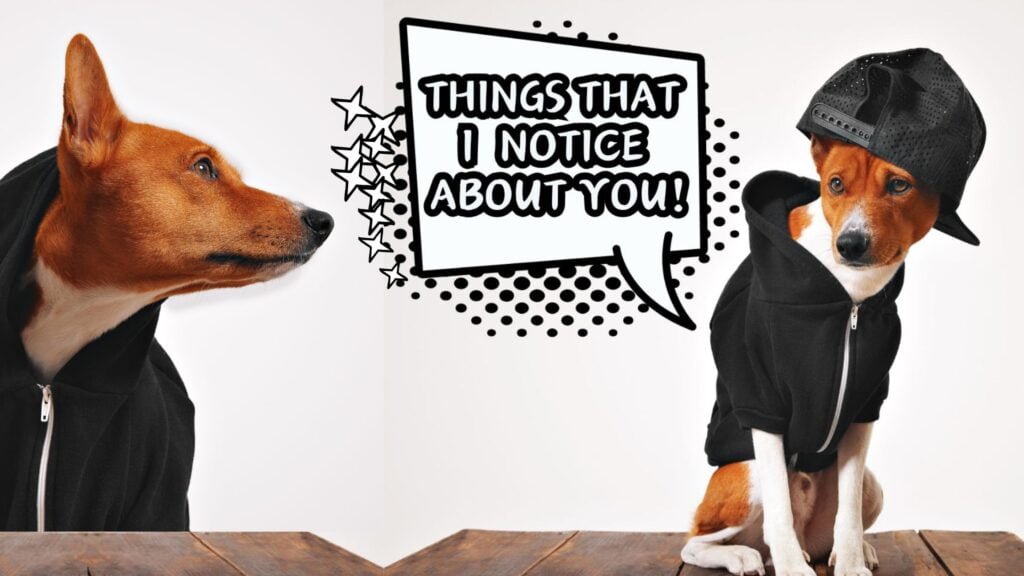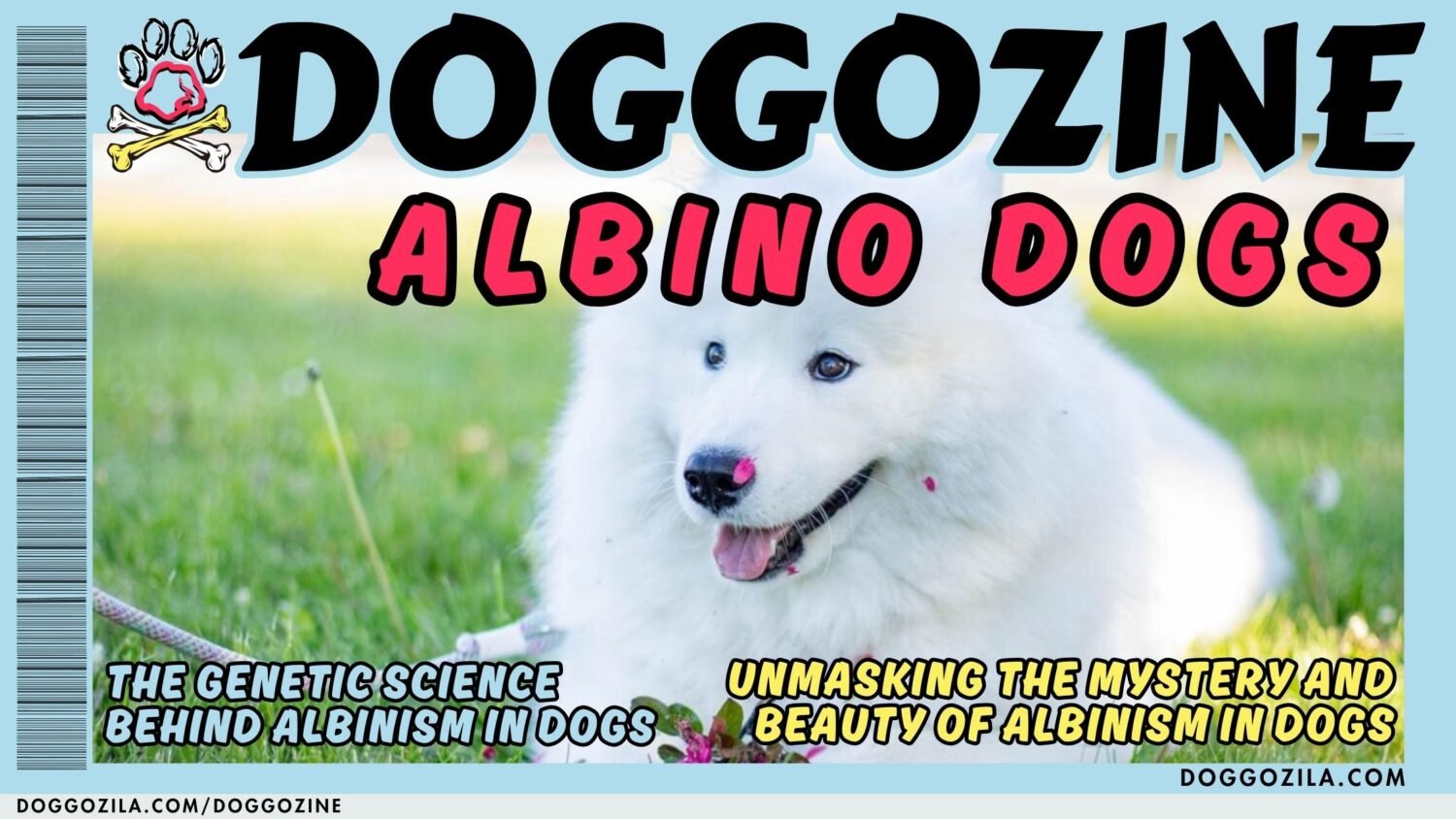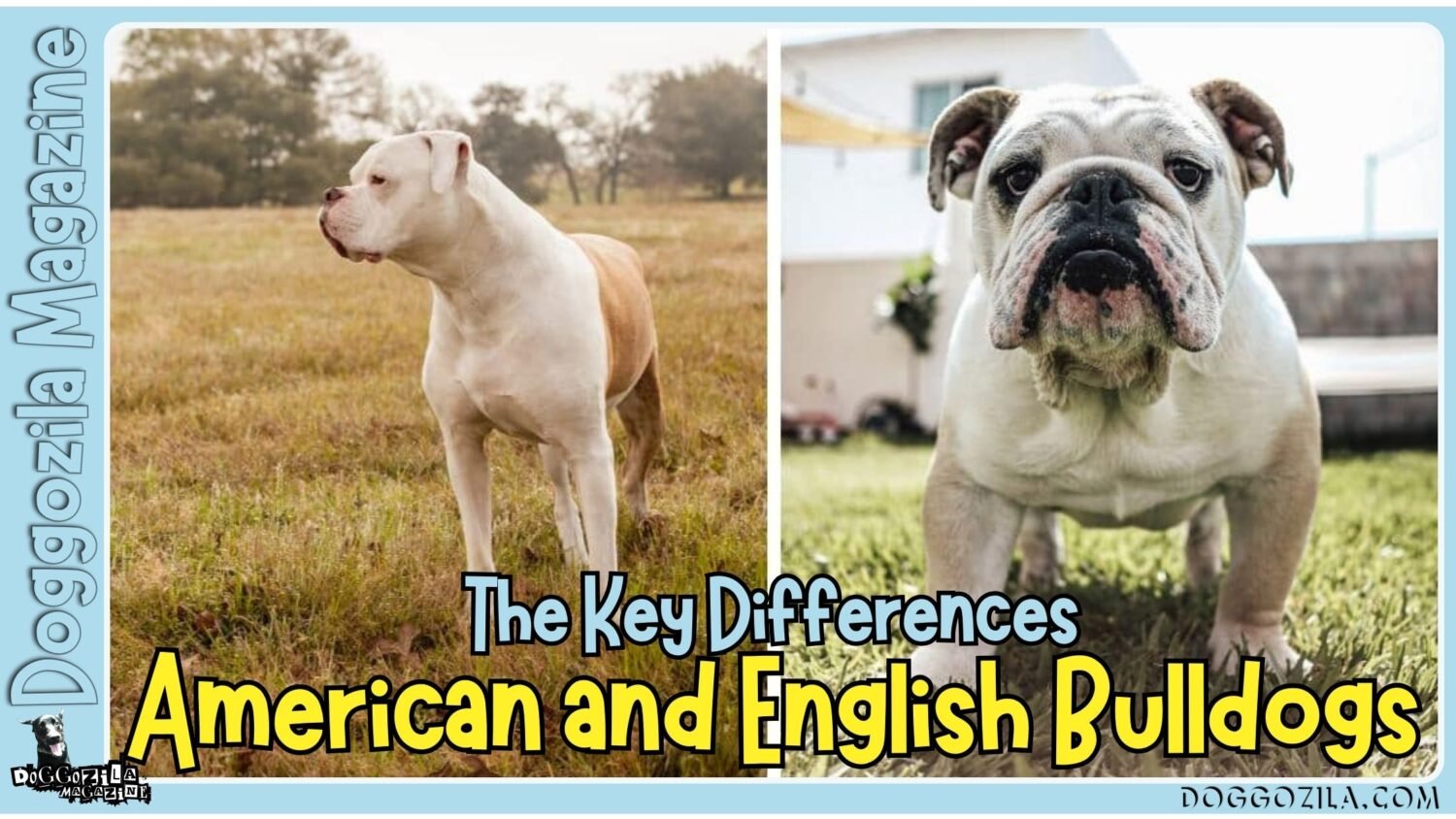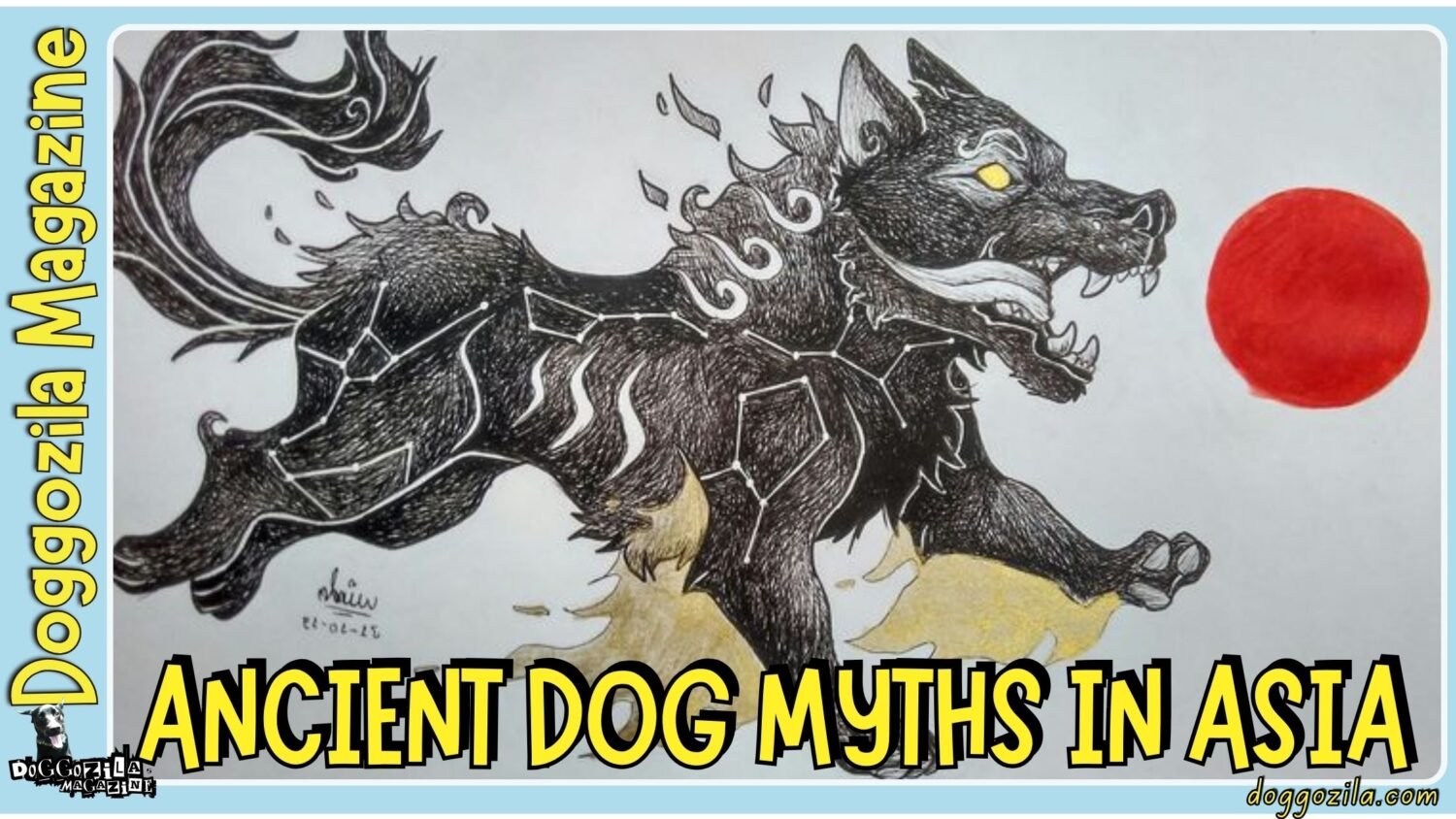You’ve noticed it. Your once endlessly patient pup, who tolerated toddler tumbles and costume parties, now lets out a low grumble when the new puppy gets too close. Your leisurely walking partner now hesitates at the top of the stairs. It makes you wonder, do dogs get grumpy when they get older, or is something else going on? The short answer is yes, but not for the reasons you might think. That “grumpy” behavior is rarely a choice. It’s usually a symptom, a way your best friend is communicating that something in their world has changed.
Many of the dog parents who has navigated this with their senior dogs can tell you that understanding these changes is the first step to restoring peace and comfort during your dog’s golden years. This journey requires patience, empathy, and a good sense of adventure. Let’s grab our metaphorical maps and explore the fascinating terrain of aging in dogs, uncovering the reasons behind the behavior and how we can help.
Is your once easy-going pup suddenly giving you the side-eye? That new grumble or growl isn’t a personal affront, but it’s a message, and we’re here to decode it.
DO DOGS GET GRUMPY WHEN THEY GET OLDER, AND WHAT DOES THE SCIENCE SAY?
Massive research projects are finally giving us data-driven answers to the question, do dogs get grumpy when they get older. One landmark study from the Dog Aging Project, which looked at tens of thousands of dogs, provides a clear picture of behavioral trends.
This research helps us move beyond anecdotes and into the realm of science. It confirms what many owners observe but also offers surprising insights. The study grouped behaviors into categories like fear, aggression, and excitability to see how they change over time. It found that certain behaviors do indeed become more pronounced as dogs age.
This doesn’t mean your dog is destined to become cantankerous. It simply means their needs are evolving. Understanding this science allows us to be more compassionate and proactive caregivers for our aging companions.
Large-Scale Studies Reveal Why Do Dogs Get Grumpy When They Get Older
The Dog Aging Project collected data from over 47,000 dogs, creating a huge behavioral map. This study considered factors like age, breed, size, and sex. It moved past the old myths about breed being the only predictor of behavior. Researchers found that age is a significant factor in shifts related to fear and aggression.
For example, they noted that younger dogs are often more excitable. Senior dogs, however, may show less interest in training or play. This massive data set gives us an unprecedented look at the dog lifespan. It helps validate the experiences of millions of dog owners. The findings confirm that behavior changes are a normal part of aging.
The Staggering Statistics Behind Dog’s Crankiness
The numbers behind senior dog behavior are truly eye-opening. Studies show that cognitive decline signs appear in about 28% of dogs aged 11 to 12 years old. This number jumps dramatically to 68% for dogs aged 15 to 16. Think about that, nearly seven out of ten very old dogs experience some mental fogginess.
Furthermore, one analysis of senior dogs found that pain is the number one cause of new aggression. A shocking 75% of cases involving a suddenly snappy senior link back to an underlying medical condition causing discomfort. These aren’t just minor quirks. They are widespread issues that affect a majority of older dogs, making it clear that grumpiness is a health issue, not a personality flaw.
How Your Dog’s Changing Brain Affects Their Behavior?
Canine Cognitive Dysfunction (CCD) is a real medical condition similar to dementia in humans. It directly affects the brain’s structure and function, leading to behavioral changes. This condition can cause confusion, disorientation, and anxiety in your dog. They might get stuck in corners or forget familiar cues.
Their sleep-wake cycles often reverse, leading to restlessness at night. This isn’t your dog being difficult, their brain is literally changing. This is a key reason why people ask, do dogs get grumpy when they get older. The brain is not processing information the way it used to. This understanding should lead us to compassion, not frustration.
🔑 Key Points: Scientific studies confirm that behavior changes are a normal part of dog aging, with large-scale research showing increased fear or aggression in older dogs is common and not just a personality flaw.
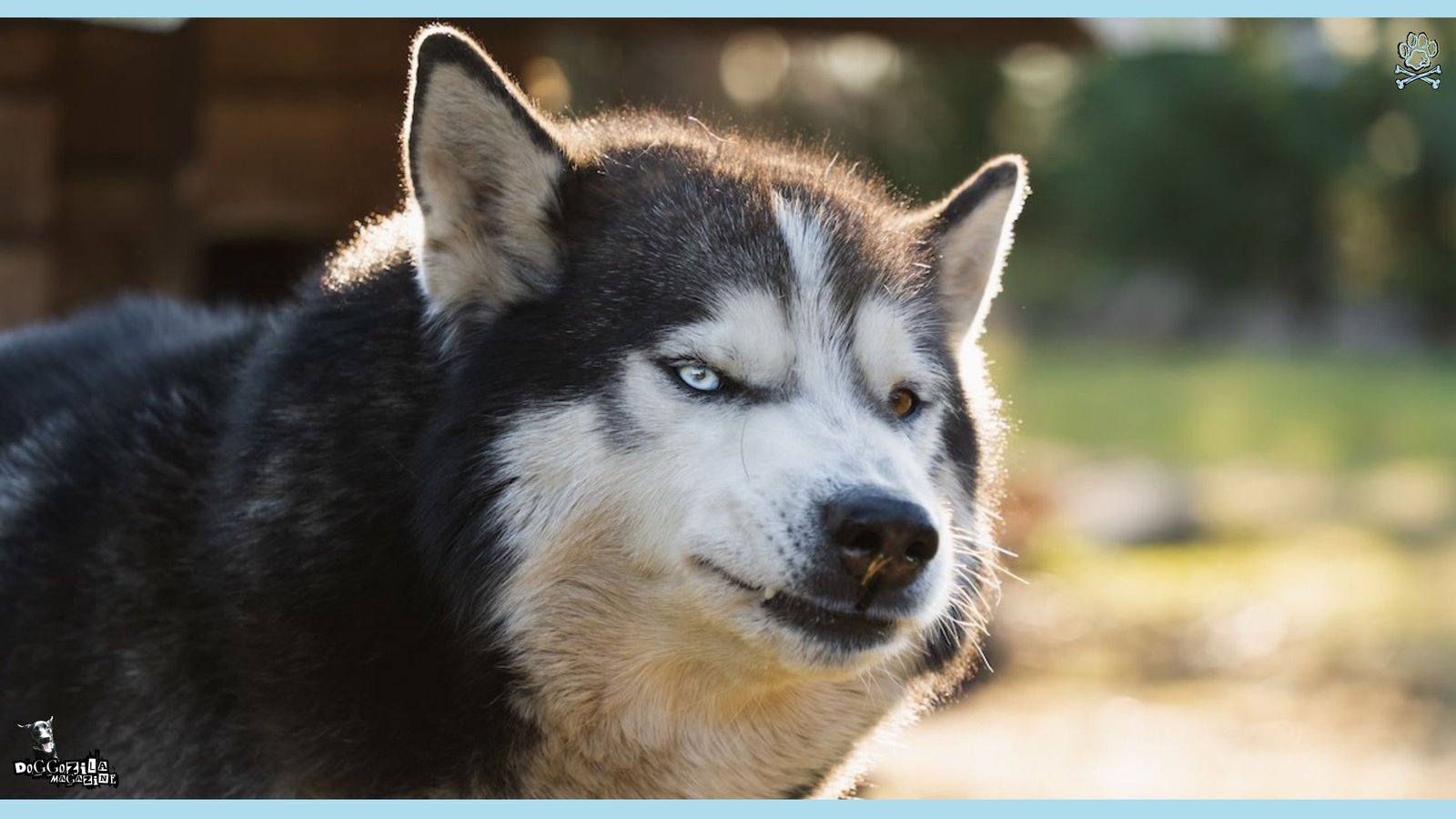
SO, DO DOGS GET GRUMPY WHEN THEY GET OLDER BECAUSE THEY’RE IN PAIN?
Often, the answer is a resounding yes. Pain is the single biggest culprit behind new grumpy or aggressive behaviors in older dogs. Imagine having a constant toothache or aching joints, you probably wouldn’t be your usual cheerful self either.
Conditions like arthritis, dental diseases in dogs, and hip dysplasia are common in older dogs and create chronic discomfort. A dog can’t tell you where it hurts. Instead, they communicate through their behavior. They may snap when touched in a painful area or growl when asked to move from a comfortable position.
It is important to remember that this is a defensive reaction, not a challenge to your authority. Before labeling your dog as grumpy, a full veterinary check-up is essential to rule out pain.
Common Painful Conditions That Cause Dogs To Get Grumpy as They Get Older
Arthritis is a major source of pain for aging dogs, affecting their joints and making movement stiff and painful. Dental disease is another silent agony, by some estimates, 80% of senior dogs have dental issues that cause significant oral pain. Hip dysplasia, a common condition in many breeds, can worsen with age and lead to severe discomfort.
Even simpler issues like sore paws or an untreated injury can be the root of the problem. Your dog might be guarding a specific part of their body that hurts. Every single one of these conditions can transform a gentle dog into a reactive one. Recognizing pain as a likely cause is the first step toward help.
How To Recognize The Hidden Signs Of Pain In Your Senior Dog?
Your dog is an expert at hiding weakness, a trait inherited from their wild ancestors. This means you need to become a detective. Look for subtle signs like reluctance to go on walks, climb stairs, or jump onto furniture. You might notice excessive licking of a particular joint or a general slowing down. A dog in pain may also have a decreased appetite or changes in their posture.
They might pant more often when not hot or seem restless and unable to get comfortable. Any sudden aggression, especially when being handled or approached while resting, is a major red flag. These are all silent pleas for help that answer the question, do dogs get grumpy when they get older, with a painful “yes.”
What To Do When You Suspect Your Dog Is In Pain?
Your very first step should be to schedule a thorough veterinary examination. Do not try to diagnose or medicate your dog on your own. Your vet can perform a physical exam, and may recommend X-rays or blood work to find the source of the discomfort. Treatment can include prescription pain medication, anti-inflammatories, or supplements like glucosamine.
At home, you can make simple changes. Provide an orthopedic dog bed for sore joints. Use ramps to help them access the car or couch. Manage their weight carefully, as extra pounds put more strain on their body. Your vet will create a personalized pain management plan to give your old friend relief.
🔑 Key Points: Pain is the number one cause of new “grumpy” behaviors, conditions like arthritis or dental disease cause chronic discomfort, making a dog more likely to snap or growl when touched.
DO DOGS GET GRUMPY WHEN THEY GET OLDER DUE TO COGNITIVE DECLINE?
Yes, mental fogginess is another profound reason do dogs get grumpy when they get older. Canine Cognitive Dysfunction (CCD) is a medical condition that affects a dog’s brain, leading to changes similar to Alzheimer’s disease in humans. This decline can cause confusion, anxiety, and forgetfulness, which often manifest as grumpiness.
Your dog might get lost in a familiar backyard, stare at walls, or fail to recognize a family member. Their sleep patterns may reverse, leading to nighttime pacing and restlessness. This isn’t stubbornness, it’s disorientation.
Understanding CCD is crucial because it shifts our perspective from dealing with a “bad” dog to caring for a confused one who needs our help and patience more than ever.
The Classic Signs Of Canine Cognitive Dysfunction
Veterinarians often use the acronym CRASH to remember the signs of cognitive decline.
- C stands for Confusion and disorientation, like getting stuck behind furniture.
- R is for altered Responsiveness to you and family members.
- A is for Activity changes, such as aimless pacing or lethargy.
- S is for Sleep-wake cycle disturbances, meaning they’re up all night.
- H is for House-training lapses, where a previously reliable dog has accidents.
You might also notice increased anxiety or repetitive behaviors. These signs develop slowly and progress over time. If you see these symptoms, a vet visit is essential. They can help you manage the condition and improve your dog’s quality of life.
How To Support A Dog With A Changing Mind?
While there is no cure for CCD, there are many ways to manage it and slow its progression. Your veterinarian may prescribe medications like selegiline or recommend specific supplements high in antioxidants and omega-3 fatty acids. Mental stimulation is like physical therapy for the brain, so introduce puzzle toys and gentle training sessions that use old, familiar cues.
Keep your home layout consistent, moving furniture around can be deeply confusing. Maintain a predictable daily routine for feeding, walks, and bedtime to reduce anxiety. Most importantly, be patient and reassuring. Your calm presence is the best comfort for a dog navigating a confusing world.
The Emotional Impact Of Dementia On Your Dog’s Mood
It’s heartbreaking to watch a beloved companion become anxious or irritable. The world becomes a scary and unpredictable place for a dog with CCD. This constant state of low-grade fear is a primary reason do dogs get grumpy when they get older when cognitive decline sets in. They may startle more easily, become clingy, or vocalize more (whining or howling).
Some dogs may become socially withdrawn or, conversely, more irritable with other pets. They are not giving you a hard time, they are having a hard time. Recognizing their behavior as a sign of fear, not malice, allows you to respond with the compassion and support they need.
🔑 Key Points: Canine Cognitive Dysfunction, a condition similar to dementia, can cause confusion, anxiety, and disorientation, which often manifests as irritability and changes in sleep and house-training.
HOW VISION AND HEARING LOSS MAKE DOGS TO GET GRUMPY WHEN THEY GET OLDER
Sensory decline is a common and often overlooked factor that explains why do dogs get grumpy when they get older. As your dog’s vision clouds and hearing fades, their world becomes smaller and more frightening. They can’t see a visitor approaching until they’re suddenly right there. They can’t hear you walking up behind them, so they startle when you touch them.
This constant state of surprise can understandably lead to anxiety, fear-based aggression, and what appears to be grumpiness. A dog who was once confident may become hesitant, nervous, or even snap when startled.
This is a defensive mechanism, not a personality change. By adapting to their new sensory reality, we can help them feel secure again.
How to Adapt For Dogs That Get Grumpy When They Get Older With Vision Loss?
You can make simple changes to create a safer environment for your vision or hearing-impaired dog. Avoid moving furniture around so they can navigate using memory. Use baby gates to block off dangerous areas like staircases. For a dog with hearing loss, you can use vibrations to get their attention, stomp your foot on the floor as you approach.
Always approach from the front where they can see you, and offer your hand for a sniff before petting. For a dog with vision loss, use scent markers, a dab of essential oil (on a spot they can’t lick) can mark important locations like their bed. These small adjustments prevent startling and build confidence.
New Communication Methods For Dogs That Get Grumpy When They Get Older
When your dog can’t hear your voice cues, it’s time to switch to a visual language. Start training them to understand hand signals for basic commands like “sit,” “stay,” and “come.” Even a simple wave can become a happy greeting. Be sure to always pair the hand signal with a treat to create a positive association.
For a dog with vision loss, use your voice more consistently and soothingly. Talk to them as you move around the house so they always know where you are. Use specific, textured rugs at room entrances to help them orient themselves. This proactive communication strengthens your bond and reduces their anxiety.
Why Sudden Surprises Lead To Grumpy Reactions?
The core of the issue is the startle reflex. A dog that doesn’t see or hear you coming may react instinctively by jumping, yelping, or even snapping. This is an involuntary reaction, not a premeditated act of aggression. It’s important to remember that this is a key reason that dogs get grumpy when they get older, they are constantly on alert.
This is especially common with children, whose quick, unpredictable movements and high-pitched voices can be overwhelming. You may notice your dog giving a warning growl when a child runs past. It is crucial to supervise all interactions and teach children to move slowly and calmly around the senior dog. Manage their environment to minimize these startling encounters.
🔑 Key Points: Loss of sight and hearing makes the world a frightening place for senior dogs, causing them to startle easily and react defensively to sudden, unnoticed approaches.
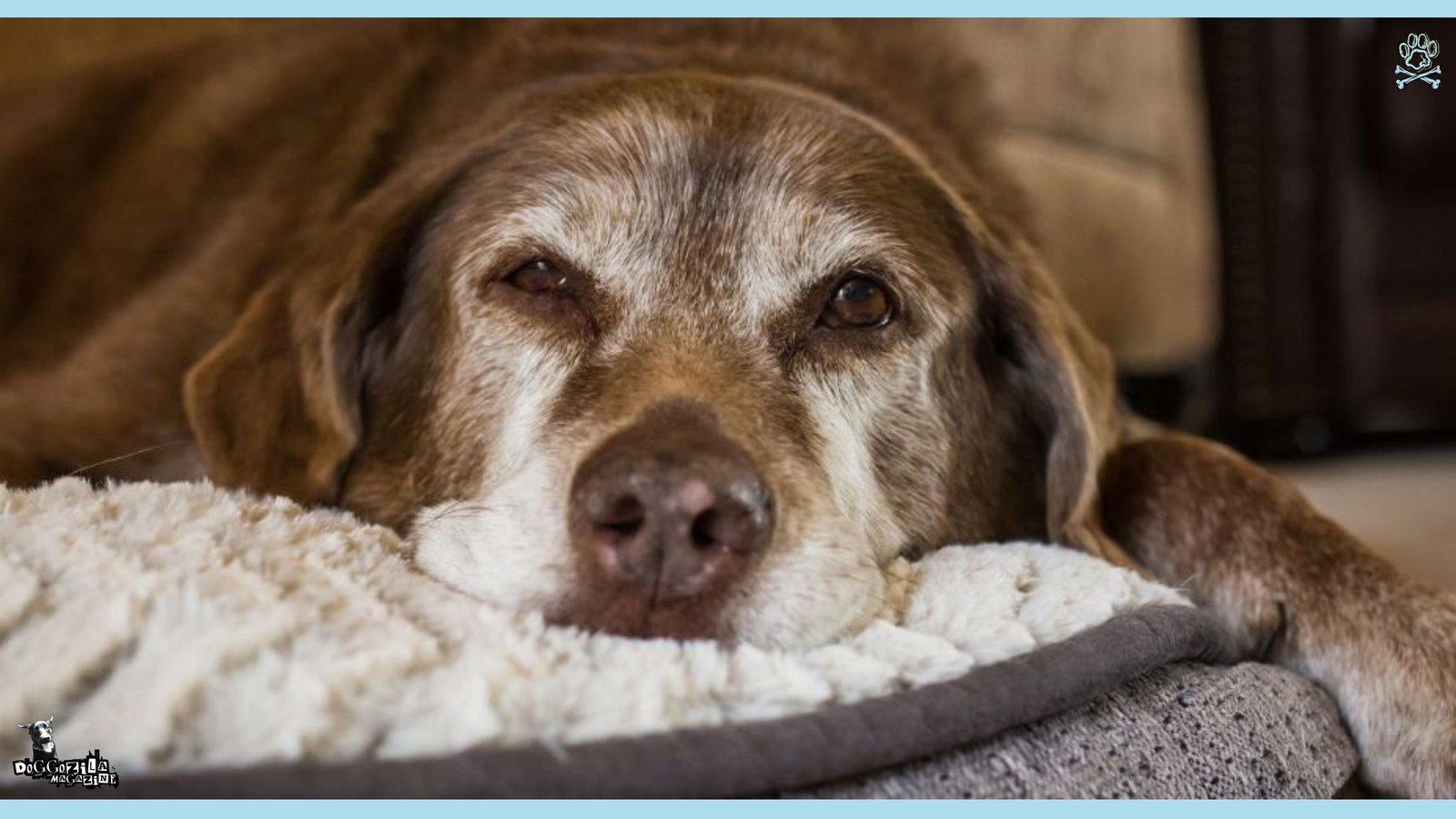
DO DOGS GET GRUMPY WHEN THEY GET OLDER, OR JUST ANXIOUS?
Anxiety and grumpiness are often two sides of the same coin in senior dogs. As their world changes due to pain, sensory loss, or cognitive decline, many older dogs become more anxious. This anxiety can manifest as irritability, restlessness, and clinginess, behaviors that are easily mistaken for simple grumpiness.
They may develop separation anxiety, something they never had in their youth, or become fearful of noises and situations they once tolerated. An anxious dog is a stressed dog, and a stressed dog is more likely to use aggression to create space and safety for themselves.
Addressing the underlying anxiety is often the most effective way to soften their seemingly grumpy exterior.
What are The Signs Of Anxiety in Dogs That Get Grumpy When They Get Older?
Anxiety in older dogs can look different from the zoomies of a nervous puppy. Look for signs like constant pacing, especially in the evening. You might notice increased panting when there’s no obvious reason, like heat or exercise. They may become destructively when left alone, targeting door frames or your personal belongings.
Other signs include trembling, hiding, or refusing to eat when you’re gone. Some dogs become “velcro dogs,” following you from room to room and seeming distressed if they can’t physically touch you. This anxious state is exhausting for both the dog and the owner, but recognizing it is the first step to finding solutions.
Why Creating A Safe Haven For Your Anxious Senior Dog Is Important?
Every anxious dog needs a “safe zone” where they can retreat from household chaos. This could be a quiet corner with a comfortable orthopedic bed, a crate with the door left open, or a separate room. Make this area off-limits to children and other pets. You can use calming aids like a Adaptil (a synthetic dog-appeasing pheromone) diffuser or collar in this area.
Playing soft, classical music or having a white noise machine can also dampen jarring environmental sounds. Teach family members that when the dog is in their safe space, they are not to be disturbed. This gives your dog a sense of control, which is powerfully calming for an anxious mind.
When To Seek Professional Help For Anxiety?
If your dog’s anxiety is severe, is leading to aggression, or isn’t improving with home management, it’s time to call in the professionals. Your first call should always be to your veterinarian to rule out medical causes. Once that is done, they may refer you to a Certified Professional Dog Trainer (CPDT) or a veterinary behaviorist.
These experts can provide a structured behavior modification plan that uses desensitization and counter-conditioning techniques. In some cases, your vet may prescribe anti-anxiety medications that can take the edge off, allowing your dog to be receptive to training. There is no shame in seeking help, it is a loving and responsible choice for your struggling companion.
🔑 Key Points: Underlying anxiety, often triggered by other age-related changes, is a major factor behind irritability, as a stressed dog is more likely to use aggression to create a sense of safety.
PRACTICAL TIPS FOR MANAGING DOGS THAT GET GRUMPY WHEN THEY GET OLDER
Living with a senior dog who has new behavioral challenges requires patience, adaptability, and a good dose of creativity. By listening and responding with thoughtful changes, you can dramatically improve your dog’s quality of life and preserve the wonderful bond you share, even during this new chapter.
The goal is not to “fix” them but to manage their environment and your interactions to prevent stress and conflict. This means becoming an advocate for your dog, reading their subtle cues, and setting them up for success. It involves tweaking everything from your daily routine to your home layout.
Remember that all the behaviors you see are communication, your dog is communicating with you!
Why Routine And Environment Are Your Best Tools?
Senior dogs thrive on predictability. A consistent daily routine for meals, walks, and bedtime reduces anxiety because they know what to expect. Keep your home environment stable, avoid rearranging the furniture, as this can be disorienting.
If your dog has mobility issues, add non-slip rugs or yoga mats to slippery floors and use ramps for accessing furniture or cars. Keep their food, water, and bed in the same, easily accessible locations. A predictable world is a less stressful world for an aging dog. This simple strategy can prevent a huge amount of the confusion and anxiety that leads to grumpy reactions.
The Power Of Positive Reinforcement
Never punish a growl or snap. Punishment will only increase your dog’s anxiety and fear, making the behavior worse and potentially leading to a bite. Instead, focus on rewarding the behaviors you want to see. Use high-value treats to reward calm, relaxed behavior. If your dog is lying quietly on their bed, toss them a treat.
If they choose to walk away from a situation that makes them uncomfortable, praise them. This teaches them that good things happen when they are calm. If they growl when touched, respect that communication and stop what you’re doing. The growl is a warning, if you punish it, the next step might be a bite without warning.
Knowing When To Call The Vet
You should schedule a veterinary visit any time you notice a sudden or significant change in your dog’s behavior. This is your number one rule. Be a detailed observer for your vet. Note what the new behavior is, when it happens, and what seems to trigger it.
For example, “He growled on Tuesday when I touched his hip after our walk.” This specific information is invaluable for diagnosis. Your vet can run tests to check for arthritis, dental disease, thyroid issues, or other underlying conditions. Managing the medical cause is often the fastest and most effective way to resolve the behavioral problem. Your vet is your most important partner in this journey.
🔑 Key Points: Management is key, use predictable routines, a stable home environment, and positive reinforcement to reduce your dog’s stress and prevent conflicts.
BUSTING MYTHS: IT’S NOT GRUMPINESS, IT’S COMMUNICATION
One of the biggest disservices we can do our senior dogs is to label them as “grumpy” and leave it at that. This label dismisses their very real struggles and closes the door to understanding. What we see as grumpiness is almost always a form of communication.
A growl says, “I’m scared,” or “That hurts.” A snap says, “Please give me space.” Hiding says, “The world is too much for me right now.” When we learn to listen to this language, we stop seeing a difficult dog and start seeing a dog in difficulty.
Remember that this shift in perspective is everything. It transforms frustration into empathy and allows us to provide the compassionate care our loyal friends truly deserve in their final years.
The Truth About “Dominance” In Older Dogs
The idea that an older dog becomes grumpy to assert “dominance” over its owners is an outdated and harmful myth. Modern veterinary behaviorists have largely debunked this theory. Aggression in senior dogs is typically driven by fear, pain, or confusion, not a desire to control the household.
A dog who growls when asked to move off the couch is likely in pain, not trying to be the “alpha.” Treating this behavior as a challenge for dominance, by forcing the dog off, will only worsen their pain and fear, damaging your relationship. Always assume a medical or anxiety-related cause first. This approach leads to safer and more effective solutions.
What Your Dogs Are Telling You When They Are Grumpy When Getting Older?
Every behavior is a piece of a puzzle. So, let’s decode an example of a common scenario!
Your dog is sleeping on their bed. Your child runs over to hug them, and the dog growls.
The old mindset: “The dog is being grumpy and possessive.”
The new understanding: “The dog was startled from sleep, may be in pain that is worsened by a sudden jostle, and used a growl to say ‘Please stop, that hurts or scares me.'”
The growl is a valuable warning that prevents a bite. We should thank our dogs for growling instead of punishing them for it. It gives us a chance to intervene, assess the situation, and protect everyone involved, especially the dog.
How to Become Your Dog’s Advocate And Ally?
Your senior dog needs you to be their voice now more than ever. This means managing their interactions with other people and pets. Don’t force them to accept petting from strangers or to play with a boisterous puppy if they don’t want to. Explain to guests and children that your older dog needs calm and quiet.
Pay attention to their body language, if they lick their lips, yawn, turn their head away, or show the whites of their eyes, they are feeling stressed. Step in and remove them from the situation before they feel the need to growl. By reading their signals and acting on them, you build immense trust and make them feel safe.
🔑 Key Points: What we label as “grumpiness” is almost always a dog’s way of communicating fear, pain, or discomfort, a growl is a valuable warning, not a challenge to your authority.
EMBRACE THE ADVENTURE OF YOUR GRUMPY DOGS WHEN THEY GET OLDER
The journey with a senior dog is a unique adventure, one that requires a different map than the one you used in their youth. It may have more twists and turns, like navigating new health concerns and behavioral changes, but the destination, a deep, loving bond is the same.
Yes, dogs do get grumpy when they get older. Often, they do. But that grumpiness is a signpost, not a dead end. It’s pointing toward an unmet need. By choosing to investigate with curiosity and compassion, you embark on the most rewarding quest of all.
Ensure your best friend’s golden years are filled with comfort, dignity, and as much joy as possible. This chapter, with all its challenges, is a profound privilege.
Why You Need to Celebrate The Small Moments And Victories?
The adventure now is found in the small, quiet victories. The joy isn’t in a five-mile hike anymore, but in seeing your dog comfortably climb the three porch steps on their own. It’s in finding the perfect puzzle toy that makes their eyes light up with understanding.
Celebrate the night they sleep peacefully through, or the meal they eat with gusto. Take photos of their gray muzzle and wise eyes. These moments are the treasures of this stage of life. The pace is slower, but the connection can be deeper than ever. You are not just owning a dog, you are shepherding a soul you love through the final leg of a long, shared journey.
Adapt For A New Normal When Your Dogs Become Older and Get Grumpy
To enjoy this adventure, you must let go of who your dog used to be and embrace who they are now. The champion fetcher may now only watch the tennis ball roll by. The social butterfly may now prefer to observe from a quiet distance. This is okay. This is normal. Meet them where they are.
Adjust your walks to be shorter and on softer surfaces. Replace vigorous games of tug with gentle grooming sessions or simply sitting together in the sun. Your dog will feel your acceptance and love. This doesn’t mean giving up on their quality of life; it means redefining it to fit their current abilities and finding new ways to have fun together.
The Ultimate Reward Of Patience And Understanding
The ultimate reward for navigating this journey is the profound bond of trust you will build. When your dog realizes that you understand their growl means “ouch,” and you respond by helping instead of scolding, their trust in you deepens exponentially. You become their safe harbor in a world that may be becoming confusing and scary.
The love you show your dog in their time of greatest need is the purest form of love there is. It’s an adventure that will challenge your heart, but it will also expand it. And when the time comes to say goodbye, you will have the peace of knowing you did everything you could to make their golden years truly golden.
Final Thoughts About Do Dogs Get Grumpy When They Get Older?
So, do dogs get grumpy when they get older? The answer is yes, but it’s not the whole story. Grumpiness in senior dogs is usually a symptom, not a personality flaw. Pain, anxiety, cognitive decline, lifestyle changes, poor nutrition, or lack of exercise all play a role. With the right care, patience, and adjustments, most senior dogs remain loving companions well into their golden years. Owners who listen to their dogs’ signals and adapt their routines often find that the bond grows even stronger.
Aging may bring challenges, but it also brings wisdom, gentleness, and deeper connection.
The golden years can truly shine when we meet our dogs’ needs with empathy and love.
More „grumpy“ looking senior dogs!

